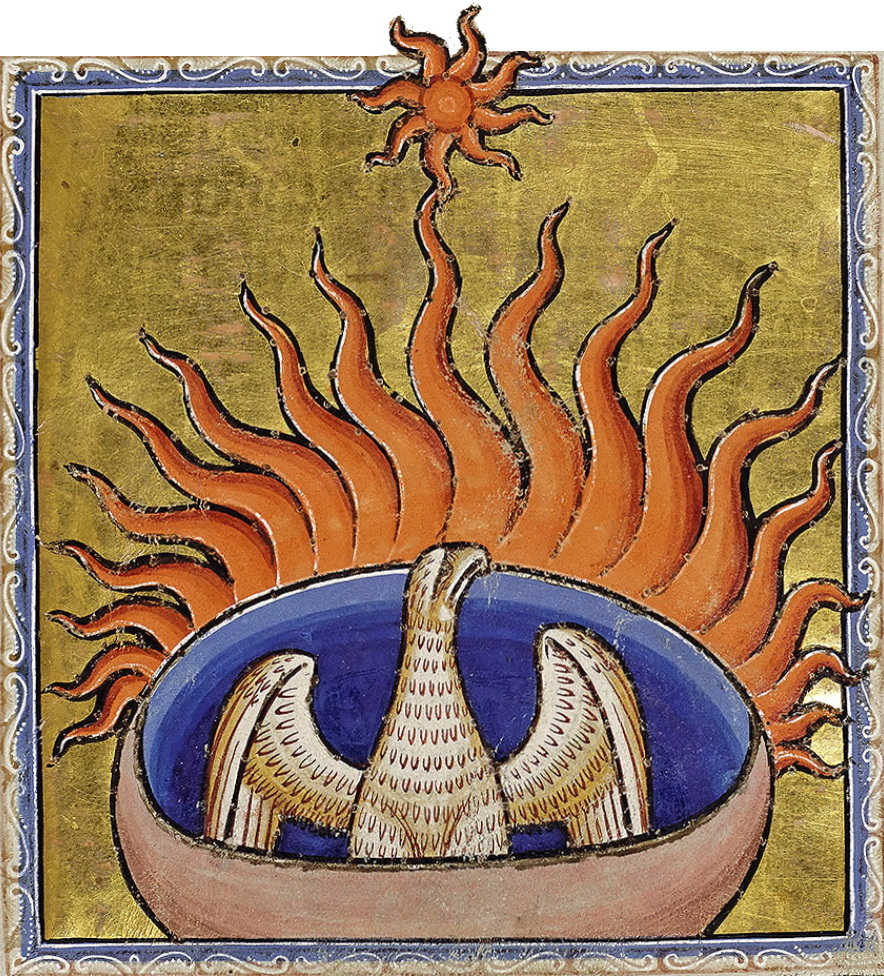Soon thereafter, the Iconoclasm started, and resistance against the Spanish rule in the Netherlands increased. As a devout Catholic, Egmont deplored the iconoclasm, and remained faithful to the Spanish king.
After Philip II sent the Duke of Alba to the Netherlands, William of Orange decided to flee Brussels. Having always declined to do anything that smacked of lese majeste, Egmont refused to heed Orange's warning, thus he and Hoorn decided to stay in the city. Upon arrival, Alba almost immediately had the counts of Egmont and Hoorn arrested on charges of treason, and imprisoned them in a castle in Ghent, prompting Egmont's wife and eleven children to seek refuge in a convent. Pleas for amnesty came to the Spanish king from throughout Europe, including from many reigning sovereigns, the Order of the Golden Fleece, and the king's kinsman the Emperor Maximilian II, all to no avail.
On 4 June Egmont and Hoorn were condemned to death, and lodged that night in the maison du roi. On June 5, 1568, both men, aged only 46 and 44 respectively, were beheaded on the Grand-Place in Brussels, Egmont's uncomplaining dignity on the occasion being widely noted. Their deaths led to public protests throughout the Netherlands, and contributed to the resistance against the Spaniards. The Count of Egmont lies buried in Zottegem.
Monday, August 2, 2010
A Different Kind of Protestant Martyr
Subscribe to:
Post Comments (Atom)

No comments:
Post a Comment